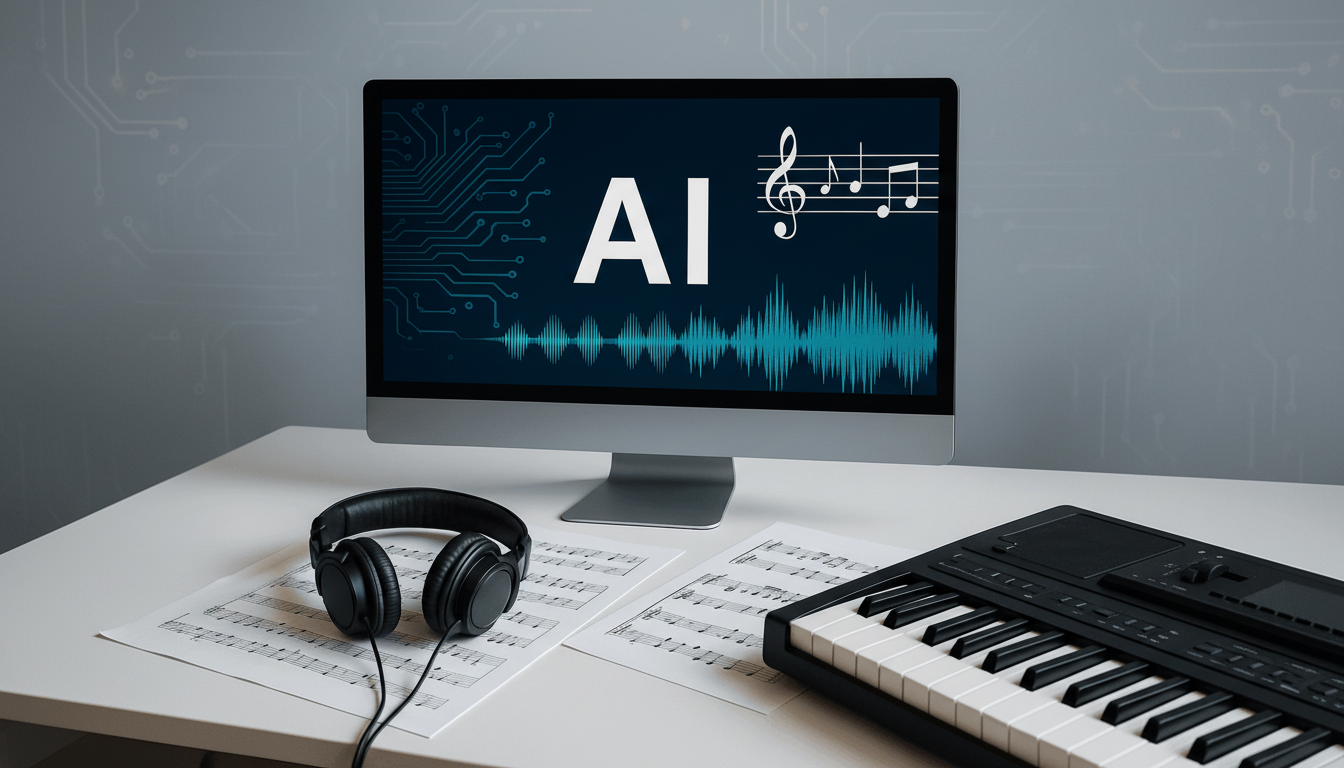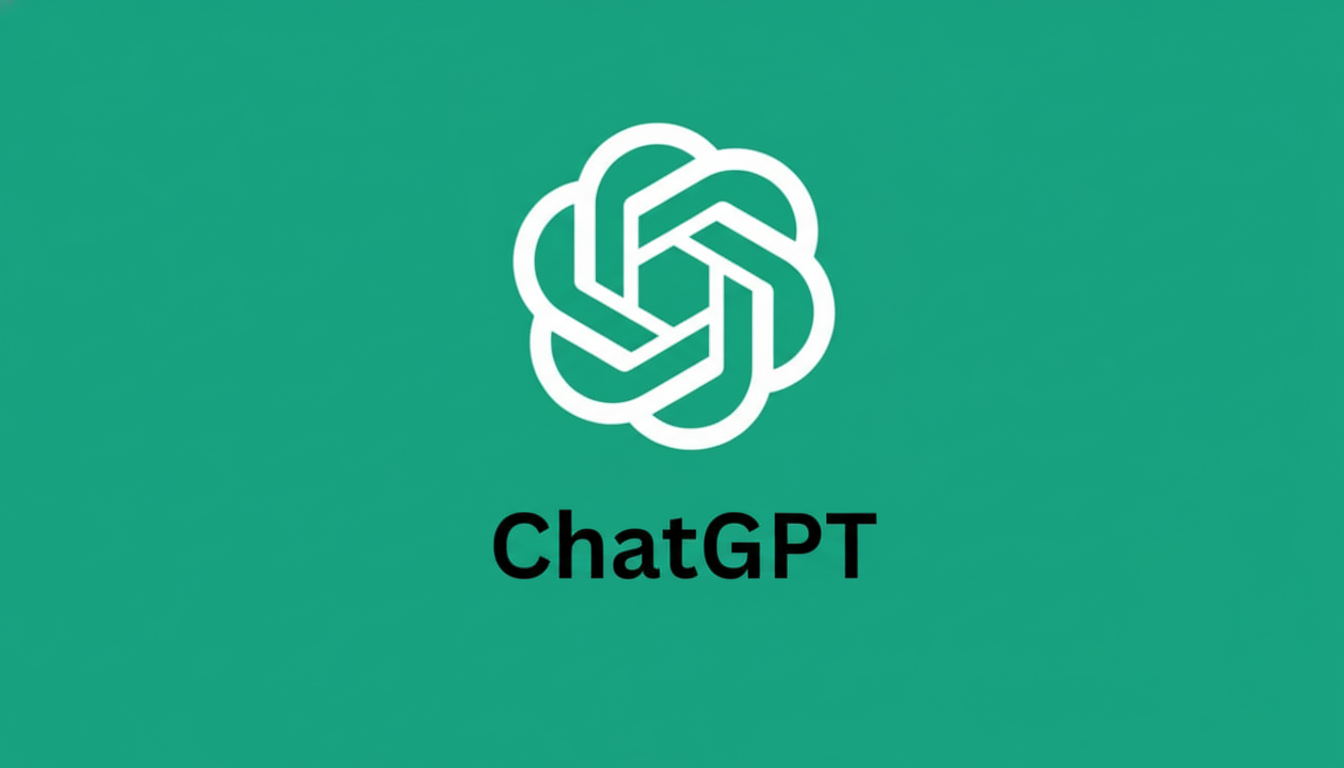OpenAI is said to be working on a generative music tool and has even collaborated with students from the Juilliard School, suggesting this could represent some sort of major push for AI-assisted composition and soundtrack generation. The project, first reported by The Information, would look into capabilities such as creating original scores for short videos and producing instrumentals to accompany existing vocals — features that would either be tied in with ChatGPT or Sora, or rolled out as its own independent product.
If true, the move would be OpenAI’s return to the sonic frontier — the company released a research demo in 2020, “Jukebox,” that could produce genre-specific tracks but was never developed into a consumer product.
- What the AI music tool could do for creators and editors
- Why the music industry is watching OpenAI’s new tool closely
- The data and the legal backdrop shaping AI music tools
- Market opportunity and stakes for OpenAI’s music generator
- The technical challenges of building robust AI music systems
- What to watch next as OpenAI readies its AI music tool

This time, the company seems to be focused on actual workflows rather than mere novelty — an effort to move skeptics of “AI slop” from disapproving curmudgeons to power users by emphasizing speed, control and rights-aware outputs.
What the AI music tool could do for creators and editors
The feature set as described would match what creators are seeking: quick soundtrack beds for social clips, temp scores for sketches and mockups for roommates prior to a live jam. Think text-to-music prompts like “melancholic piano with sparse strings for a 30-second montage,” or uploading a vocal stem and asking for a tight, radio-friendly arrangement in the style of your choice.
Expect guardrails around structure and timing — bars, beats and hit points — so that music locks to video cuts.
Professional users will want stem exports, tempo maps, and the ability to iterate on motifs rather than play Russian roulette with every prompt. Should OpenAI connect with Sora, one-click matching of visuals to score would qualify as a headline feature.
Why the music industry is watching OpenAI’s new tool closely
All of this gives the music business good reason to be wary. Over the last two years, streaming services have struggled to contain a deluge of AI-generated songs and fake streaming activity; Spotify has reportedly purged tens of thousands of songs affiliated with such tactics. These viral AI pastiches have also blurred the borders between homage and infringement, fanning friction about training data and artist consent.
The Recording Industry Association of America has sued Suno and Udio, accusing them of mass copying recordings to train their models. High-profile musicians, from Paul McCartney to up-and-coming artists, have cautioned that voice cloning and style mimicry could erode not only individual creativity but also incomes. Any OpenAI launch will be evaluated by whether it skates past those pitfalls and cuts the right stakeholders a solid check.
The data and the legal backdrop shaping AI music tools
The licensing terrain is changing rapidly. The EU AI Act mandates transparency and documentation requirements for foundation models, which can extend to disclosure of copyrighted data use. In the US, Tennessee’s ELVIS Act offers explicit voice-likeness protections; federal proposals like the NO FAKES framework seek to stop unauthorized cloning of voices and images.

For OpenAI, the blueprint is starting to take shape: sign music publishing and label deals where necessary, grant rightsholders the ability to opt out or get paid, and equip users with tools that help them steer clear of obvious soundalike pitfalls. Look for watermarking, provenance metadata and filters that minimize outputs that mimic specific living artists’ voices or signature styles without permission.
Market opportunity and stakes for OpenAI’s music generator
The market potential is significant and feasible. Streaming now constitutes around two-thirds of the world’s recorded-music revenues, according to IFPI’s most recent Global Music Report, and paid subscriptions number in the hundreds of millions of accounts. Short-form video, podcasts and games create huge demand for cheap, licensable background music — often seconds long, not minutes.
An AI that consistently generates “good enough” cues in seconds might be the new norm for indies and small studios alike, impacting generic stock libraries, with further upsell opportunities into premium licensed sounds and human–AI hybrid sessions. The risk is dilution for major-label productions, but the prize is product stickiness across OpenAI’s media tools.
The technical challenges of building robust AI music systems
Music generation is a more difficult modeling problem than image synthesis in several respects: long-range coherence, stability of key and tempo, complex interplay between multiple instruments. State-of-the-art systems combine diffusion or autoregressive models with symbolic guidance (e.g., MIDI, chord charts) and conditioning on text, reference audio, or video timings.
If OpenAI marries quality training data with robust alignment layers — style controls, structure constraints and safe-synthesis filters — it can temper those “mushy middle” outputs that fuel the slop critique.
Working with conservatory musicians might tighten up those controls, and see to it that outputs feel arranged, rather than merely produced.
What to watch next as OpenAI readies its AI music tool
Key signals will be whether OpenAI announces label or publisher partnerships, how it treats voice cloning and which provenance tags are attached to exports. Being integrated into Sora with synchronization between scores and stems would be part of a larger media strategy, and a standalone app for stems and DAW workflows would work for professionals in the first place.
In any case, execution is what ultimately will be judged. If it can make the music cues fast and legally clean and musically coherent — indeed, if it acquits itself with transparent guardrails — then it may just turn the dulcet tones of so-called slop into something creators actually want to ship.

